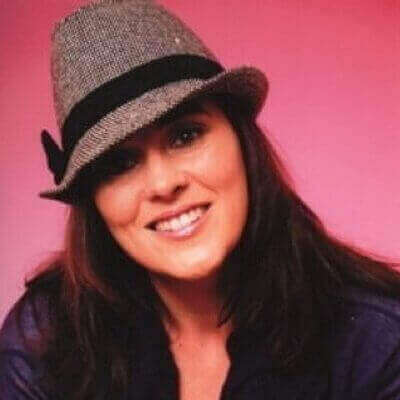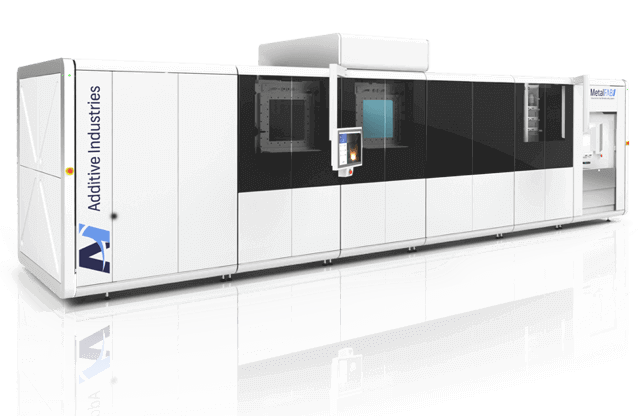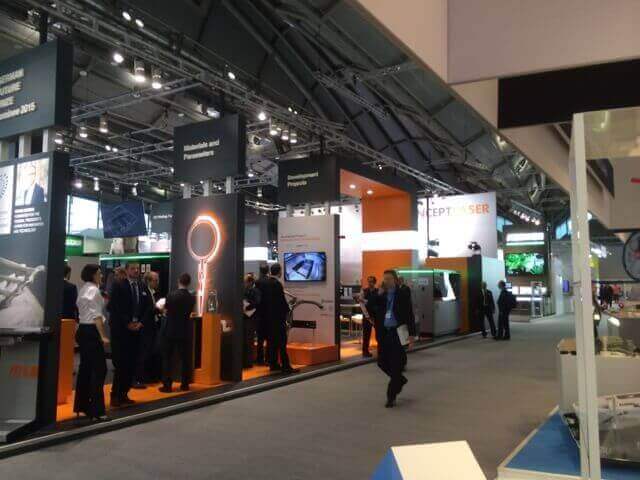
If you’re into 3D printing, Rachel Park doesn’t need an introduction. As a journalist, she covered the 3D printing and additive manufacturing sector since 1996. She led 3D Printing Industry as Editor in Chief and also edited Disruptive Magazine for 3D Printshow. Currently, Rachel works as an independent freelance journalist and runs her own copywriting and editing company.
All3DP is extremely proud to have her as a weekly columnist starting today.
Here are Rachel Park’s predictions on 3D printing in 2016
“Predictions are not generally my thing, but it is trendy around New Year and so, here, for my first official post for All3DP, I have collated some of my thoughts about what the year ahead might bring for the 3D printing industry.
As the curtains fell on 2015 it was apparent, to me at least, that one of the most turbulent years in the history of the 3D printing industry was ending. I put this down to the heightened — and at times crazy — expectations of the previous two years and then that 3D printing technologies were not able to meet these expectations quickly, a fact that became apparent throughout 2015 to stakeholders and commentators alike. The turbulence manifested in a number of ways, not least the stock market dips and companies of various sizes consolidating operations.
The start of a new year understandably brings with it a sense of new beginnings and hope, both of which can be positive motivators. However, they can also be naïve and futile without a reflective context and learning from what has gone before. Personally, my greatest hope for the 3D printing industry in 2016 is that positive discernment and reality are central to individual, corporate and collaborative activities across the board. At the industrial level I have seen evidence to suggest this approach is being adopted in many quarters already and as this filters through to vendors of desktop 3D printers, I believe that the confidence of users — and potential users — will once again increase. This in turn will see a continued steady increase in innovation around the technologies themselves as well as increasing numbers of new and innovative applications.
Across the industrial landscape, 3D printing and additive manufacturing technologies will continue to be taken more seriously in 2016 — both as a method for prototyping and production. The arguments for both application types have been well documented and covered extensively, but skepticism still remains in terms of implementation, particularly among small and medium-sized enterprises (SMEs) that are concerned about the equally well documented “hype” surrounding 3D printing. As the hype continues to die down and positive reality hits home about the benefits 3D printing can bring to organizations I do believe more will buy in and reap the rewards.

Another trend that I believe will come to the fore in 2016 for industrial users of 3D printing will be end-to-end solutions. Throughout 2015 a significant number of vendors of metal 3D printers illustrated a realization that industrial users needed more than “just” additive technologies, they needed all of the dots of the 3D printing ecosystem to be joined up for them. In this respect the software needs to be seamless, the materials need to “just work” and pre- and post-processing operations need to be automated. To this end a couple of vendors, namely Additive Industries and Concept Laser revealed plans for “the factory of the future” at the end of 2015 that does precisely this. Both companies are looking to introduce this concept this year, along with similar efforts from Renishaw. Two other metal 3D printer vendors, EOS and SLM Solutions are placing a heavy emphasis on in-process quality control, another key issue that once fully resolved will see applications expand and 3D printed components and products increasing in volume.
I think that 3D printing service companies will continue to do well in 2016. For some time, I have believed that this type of organization has the best potential for interacting with the general consumer and introducing them to the many benefits of 3D printing. The most important of which is likely customization. While prices (and shipping costs) can still be prohibitive, the increasing material options, applications and locations together with a healthy dose of realism will ameliorate the hype and see awareness convert to uptake of such services, particularly if the overall experience and results meet expectations.
Despite the high level of speculation involved in the above predictions, I pose them based on observations and conversations and offer them as a starting point for conversation and debate. Please feel free to engage in the comments section below.

To close though, I have a couple of predictions that I am definitely more confident in. This week is going to be a busy news week in 3D printing as many industry players converge on Vegas for the CES show. There will be announcements aplenty, a couple of which I have already seen under embargo. It’s going to be an interesting week! For the last five years or so CES (running Wednesday 6th to Saturday 9th January this year) has been the first event on the 3D printing calendar. In 2016, it will be the first of many, MANY 3D printing events,and that particular segment of the industry is getting messier and messier — I don’t see that changing any time soon.
On that note, I wish you all a happy, healthy and PEACEFUL (please) New Year.
License: The text of "3D Printing in 2016: Park’s Predictions" by All3DP is licensed under a Creative Commons Attribution 4.0 International License.